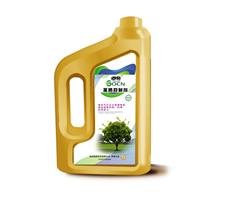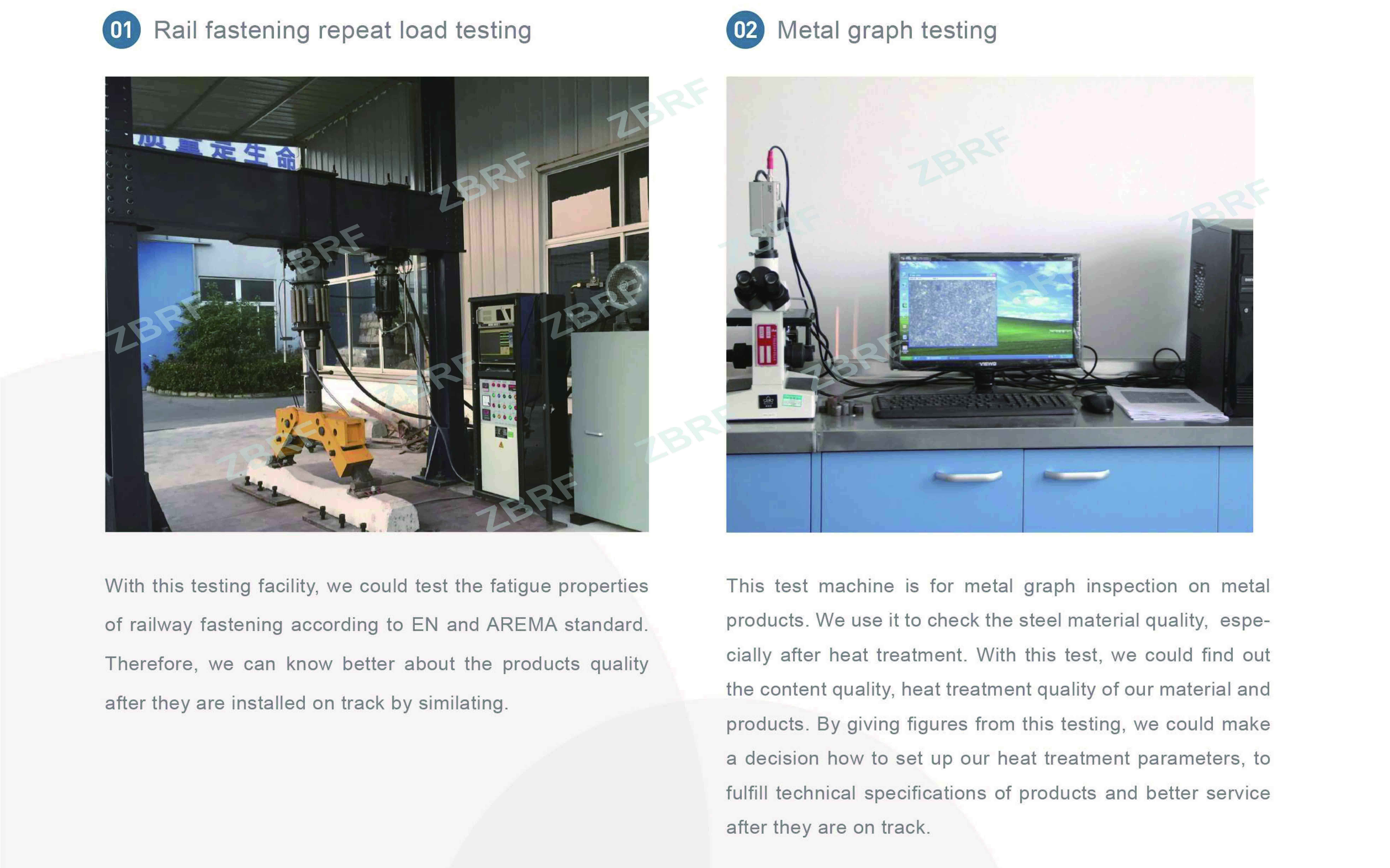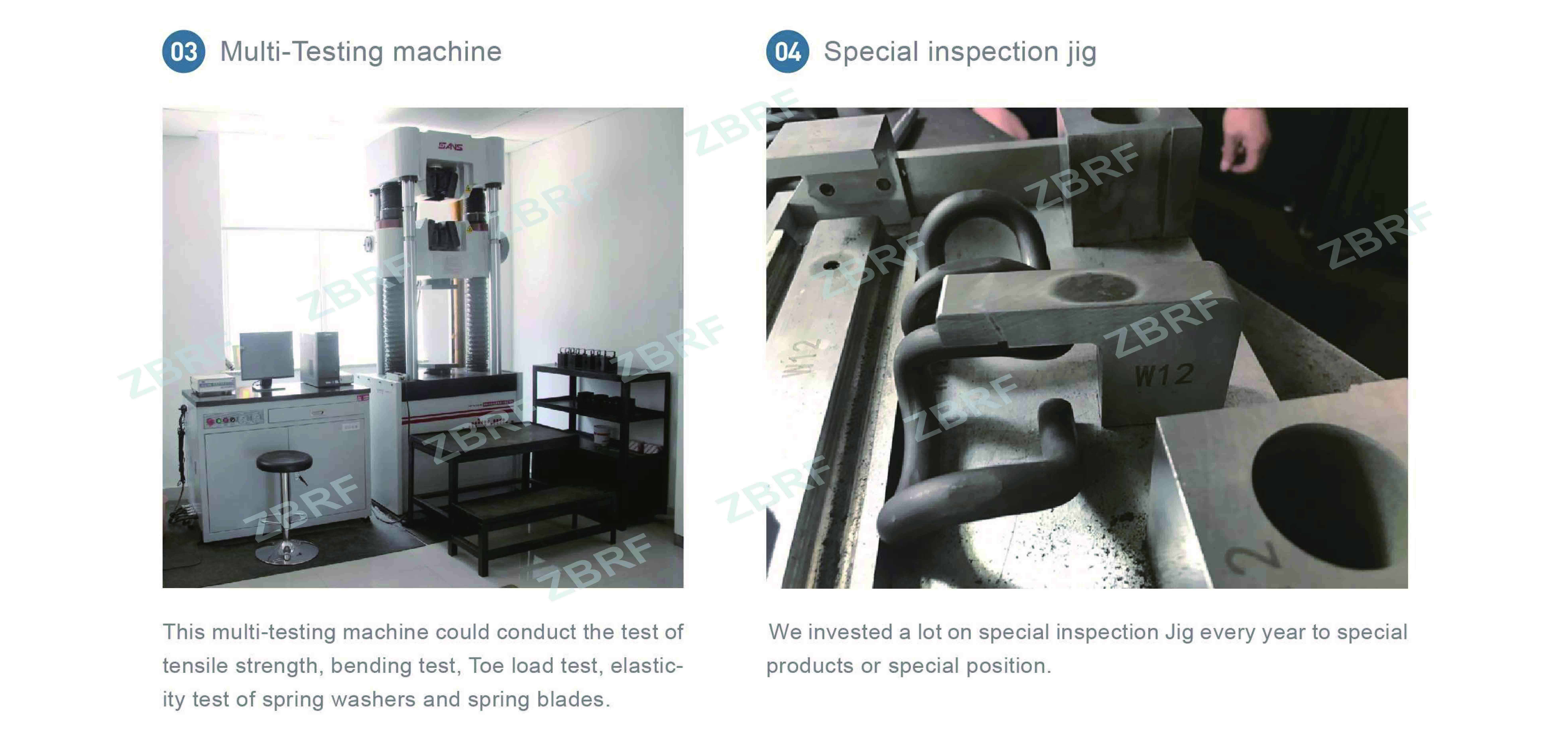 The Tariff Implementation Plan for 2013 has been reviewed and passed by the Customs Tariff Commission of the State Council and submitted to the State Council for approval. Implementation will begin on January 1, 2013. According to the China Chemical Fertilizer Network, which involves fertilizer and some related aspects of adjustment are as follows. 1. Urea: When the export price is not higher than the benchmark price, the tentative tariff is 2%; when the export price is higher than the benchmark price, the tentative tariff rate = (1.02-base price / export price) * 100% <Note: The benchmark price is 2.26 yuan / kg calculation>. High season (from January to December in December and December, a total of 8 months) The tariff rate is 75% Special Tariff + 2% Tentative Tariff = 77% <or 75% + (1.02 - Base price / Export price) * 100%> .
The Tariff Implementation Plan for 2013 has been reviewed and passed by the Customs Tariff Commission of the State Council and submitted to the State Council for approval. Implementation will begin on January 1, 2013. According to the China Chemical Fertilizer Network, which involves fertilizer and some related aspects of adjustment are as follows. 1. Urea: When the export price is not higher than the benchmark price, the tentative tariff is 2%; when the export price is higher than the benchmark price, the tentative tariff rate = (1.02-base price / export price) * 100% <Note: The benchmark price is 2.26 yuan / kg calculation>. High season (from January to December in December and December, a total of 8 months) The tariff rate is 75% Special Tariff + 2% Tentative Tariff = 77% <or 75% + (1.02 - Base price / Export price) * 100%> . 2. Fertilizer Ammonium Chloride and Other Mineral Nitrogen Fertilizers, Chemical Nitrogen Fertilizers: Tentative Tariff 2%; High Season (from January to December, December to December, Total 8 Months) Tariffs 75% Special Tariff + 2% Tentative Tariff = 77 %. <Note: Ammonium sulfate is not mentioned as it was last year and it should still be zero tariff. > (Generally speaking, the new tariff for nitrogen fertilizer is 2% in the off-season and 77% in the peak season; the export window period is 7, 8, 9, and 10 months, which is consistent with last year) 3. Diammonium: When the export price is not higher than the benchmark price, the tentative tariff is 5%; when the export price is higher than the benchmark price, the tentative tariff rate = (1.05 - benchmark price / export price) * 100% <Note: the benchmark price Calculated at 3.5 yuan/kg>; peak season (from January 1 to May 15 from October 16 to December 31 for a total of 7 months) Tariff is 75% Special Tariff + 5% Tentative Tariff = 80% <or 75% + (1.05-base price / export price) * 100%>.
4. Monoammonium: tentative tariff of 5% when the export price is not higher than the benchmark price; tentative tariff rate = (1.05-benchmark price / export price) *100% when the export price is higher than the benchmark price. Calculated at 3.2 yuan/kg> The peak season (from January 1 to May 15 from October 16 to December 31 for a total of 7 months) The tariff rate is 75% Special Tariff + 5% Tentative Tariff = 80% <or 75% + (1.05-base price / export price) * 100%>.
5. Other superphosphates: A 7% provisional tariff is imposed throughout the year.
6. Heavy calcium superphosphate and other superphosphates: tentative tariff 5%; peak season (from January 1 to May 15 from October 16 to December 31 for a total of 7 months) 75% tariff +5% Tentative tariff = 80%.
7. Milled and unmilled apatite, natural calcium phosphate, natural calcium aluminum phosphate and phosphate chalk (except apatite): 35% provisional tariffs are imposed throughout the year. (Generally speaking, the new tariff for phosphate fertilizer is 5% in the off-season and 80% in the peak season; the export window period is 6, 7, 8, and 9 plus two new half-month extensions last year for a total of five months)
8. Potassium chloride and **potassium: Annual fixed tax of 2,000 yuan/ton.
9. Other mineral potassium and chemical potash (including carnallite, potassium salt and other natural crude potassium salts): 75% special tariff + 30% provisional tariff = 105% for the whole year.
10. Fertilizer use ***: 7% provisional tariffs are imposed throughout the year. (Generally speaking, it can be understood that potassium fertilizer still controls exports throughout the year, but the tax burden is slightly reduced). Ternary compound fertilizer: 75% special tariff + 5% tentative customs = 80% is levied throughout the year.
12. Other mineral fertilizers or chemical fertilizers containing other nitrogen and phosphorus fertilizers: tentative tariff 5%; peak season (from January 1 to May 15, October 16 to December 31 for a total of 7 months) 75% special tariff + 5% tentative tariff = 80%.
13. Phosphorus and Potassium Fertilizers: A 7% provisional tariff is imposed throughout the year. (Generally speaking, it can be understood that ternary compound fertilizer is still controlled throughout the year; the export policy of nitrogen and phosphorus fertilizer is basically the same as that of phosphate fertilizer). *** Mixed salts and mixtures of calcium carbonate or other non-fermented inorganic compounds, *** and ***: a 7% provisional tariff is imposed throughout the year.
15. Other fertilizers: tentative tariff 5%; peak season (from January 1 to May 15 from October 16 to December 31 for a total of 7 months) The tariff rate is 75% Special Tariff + 5% Provisional Tariff = 80 %.
16. Products of the 31 chapters in sheets and the like or in packages of not more than 10 kilograms in gross weight (ie almost all chemical fertilizers but excluding ammonium chloride for fertilizers and manure for fertilizers): tentative tariff 5%; peak season ( The time is from January 1 to May 15 from October 16 to December 31 for a total of 7 months. The tariff is 75% special tariff + 5% tentative tariff = 80%. (Generally speaking, the export policy of small packages and other fertilizers is basically the same as that of phosphate fertilizers). Note: The export price includes the price of the goods, the transportation of the goods to the export destination within the People's Republic of China before loading and related expenses, and insurance premiums, but the export customs tax amount contained therein should be deducted. The calculation results of the relevant tax rates shall be rounded up to 3 digits. Decimals. ã€JFNet Commentary】
In 2013, the new fertilizer export tariff policy was more relaxed than before. First, the export time of certain varieties such as ammonium phosphate was prolonged, followed by the downward adjustment of tariffs for most chemical fertilizers in the light season. This is for the fertilizer market, which has seen a certain trend of improvement, or it can be called icing on the cake, or it can be called as a gift in the snow. In short, it forms another real benefit.
For urea, it is the icing on the cake: the off-season tariffs are reduced, and the benchmark price increase is somewhat positive, but since the export window period has not been adjusted, the next export will not begin until July, and the export situation needs to look at the international market. Given that, the favorable support brought by the new tariff policy may not be great, and it can only be regarded as one of the many benefits of the urea market.
For ammonium phosphate, it is delivered in the snow: the off-season tariffs are reduced, especially the increase of the benchmark price and the extension of the export window period, which will become the main support for the ammonium phosphate market. Of course, this support is not absolute. , but also depends on the same period of the international phosphate fertilizer market, but whether it is short-term or long-term, the new tariff will be at least conducive to the stability of ammonium phosphate prices.
Main Rail Anchor Types
* 50E3 Rail Anchors
Reference project: SBB railroad network
Technical parameter:
Material: Alloy spring steel
Product properties: Hardness HB300-380
Longitudinal resistance>7KN to EN 13481-3
Coating: Plain
*85CP Rail Anchors
Reference project: Chile in 2018
Material: Alloy spring steel
Product properties: Hardness HB300-380
Coating: Plain
* 115RE Rail Anchors
Reference project: Chile in 2018
Material: 65Mn, 60si2Mn
Product properties: Hardness HB290-330
Tensile strength:980-1114N/mm2
Coating: Plain
* BS80A Rail Anchors
Reference project: Peru
Material: 65Mn,60Si2Mn,etc.
Product properties: Hardness HB290-330
Tensile strength:980-1114N/mm2
Coating: Plain
Testing facilities
* Special testing tools to test dimensions;
* Testing machines for testing the mechanical properties:


We have producted different kinds of Rail Anchor,Railway Anti Creeper for many years and delivered to customers in different areas around the world. We have plenty of experience and confidence to manufacture the products that you need. NO MATTER Standard parts, Customized parts...we can produce whatever you need !
Rail Anchor,Railroad Track Anchors,Rail Anchor For Railroad,Railway Anti Creeper
TAICANG ZHONGBO RAILWAY FASTENING CO., LTD. , https://www.railfastener.com